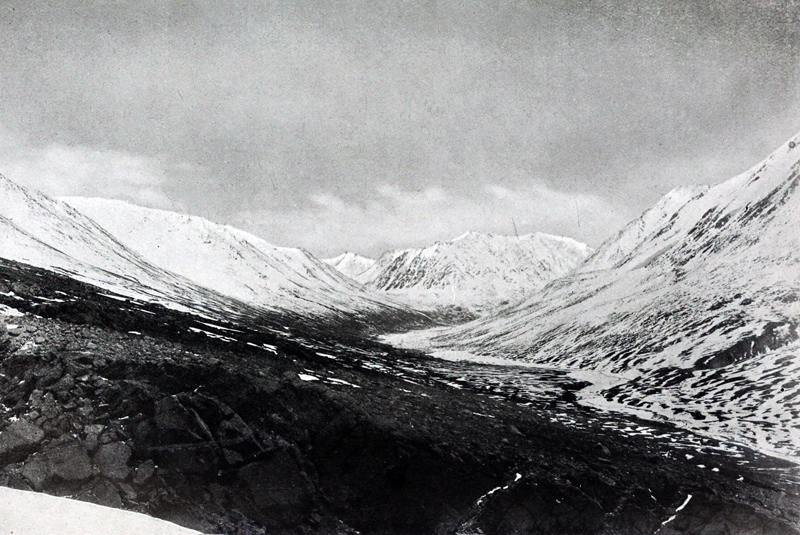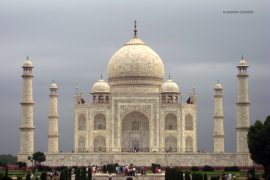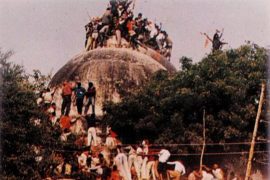If you look at a map of Afghanistan, you’ll notice a curious protrusion in the country’s North-East side. Wedged between Tajikistan and Pakistan-Occupied-Kashmir (PoK), is the Wakhan corridor, 210 kilometres long. At its narrowest point, it is only 20 miles wide (32 kilometres).
The locals call it the “Roof of the World”.
It looks like a finger extended from Afghanistan to prod each of the great empires in the land. And indeed, that’s how the region came to be. It’s a buffer-state, carved out of a no-man’s land to keep Russia at distance from what used to be British India – the so-called “Great Game” between Britain and Russia in the late nineteenth century. The ancient geopolitics that carved up this mountain passage is no longer at play today, but new ones have taken their place.
On March 30, 1885, Russia and Britain nearly went to war. The Russian Empire was expanding Southwards, having occupied most of modern-day Turkmenistan. Britain’s policy in Afghanistan had been to contain Russian influence as much as possible, to forestall an invasion of India. Keeping Russia away from India was the reason Britain invaded Afghanistan in the first place. When Russian forces took over an Afghan garrison near the Kushk and Murghab rivers, it seemed as if a great war was incoming. The Anglo-Russian Commission divided up the region from 1885-1895. The Panj and Pamir rivers served as the border with Russia. But the question of Afghanistan’s border with India remained.
Copyright©Madras Courier, All Rights Reserved. You may share using our article tools. Please don't cut articles from madrascourier.com and redistribute by email, post to the web, mobile phone or social media.Please send in your feed back and comments to [email protected]











